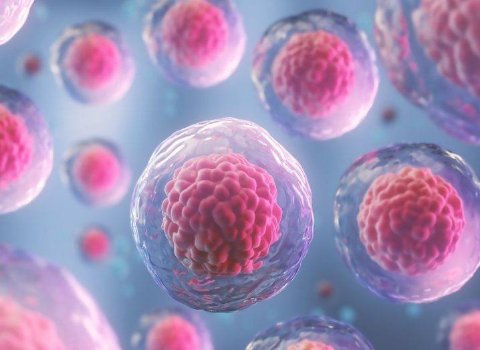A merging of organism and machine is not a new idea, with the ‘cyborg’ concept being a regular trope of science fiction. However, researchers from the University of Vermont have gone a step further and produced an entirely new class of being known as a ‘xenobot’.
In a paper published to the Proceedings of the National Academy of Sciences, they showed it was possible to repurpose living cells scraped from frog embryos and create an entirely new life form that can be used as a ‘living’ robot.
The xenobots – named after the Xenopus laevis frog species – are just 1mm across, can move towards a target, pick up payloads and even heal themselves when damaged. They were designed on a supercomputer and, once the successful simulations were catalogued, they were tested in a lab.
The frog embryos were separated into single cells and left to incubate. Then, using tiny forceps and an even tinier electrode, the cells were cut and joined under a microscope into a close approximation of the designs specified by the computer. This resulted in biological machines designed from the ground up, unlike other organisms manipulated to perform tasks.
Powered self-sufficiently by heart muscle cells, the xenobots were shown to be able move in a coherent fashion – and explore their watery environment for days or weeks, powered by embryonic energy stores. Later tests showed they could move around in circles and push pellets into a central location, spontaneously and collectively.
‘Something you can’t do with typical machines’
“The downside of living tissue is that it’s weak and it degrades,” said Joshua Bongard, who co-led the research.
“That’s why we use steel. But organisms have 4.5bn years of practice at regenerating themselves and going on for decades. These xenobots are fully biodegradable, when they’re done with their job after seven days, they’re just dead skin cells.”
This design, the researchers said, could aid in efforts to cut the amount of plastic pollution by removing the need for synthetic materials and electronics. They also found that when xenobots were sliced in half, they stitched themselves back up and kept working.
“This is something you can’t do with typical machines,” Bongard said.
Looking to the future, Michael Levin, another co-lead of the research, said that this work can help answer some important fundamental questions.
“I think it’s an absolute necessity for society going forward to get a better handle on systems where the outcome is very complex,” Levin said. “A first step towards doing that is to explore: how do living systems decide what an overall behaviour should be and how do we manipulate the pieces to get the behaviours we want?”
Colm Gorey
This article first appeared on www.siliconrepublic.com and can be found at:
https://www.siliconrepublic.com/machines/new-life-form-robot-xenobot
03/02/2020
Ireland
